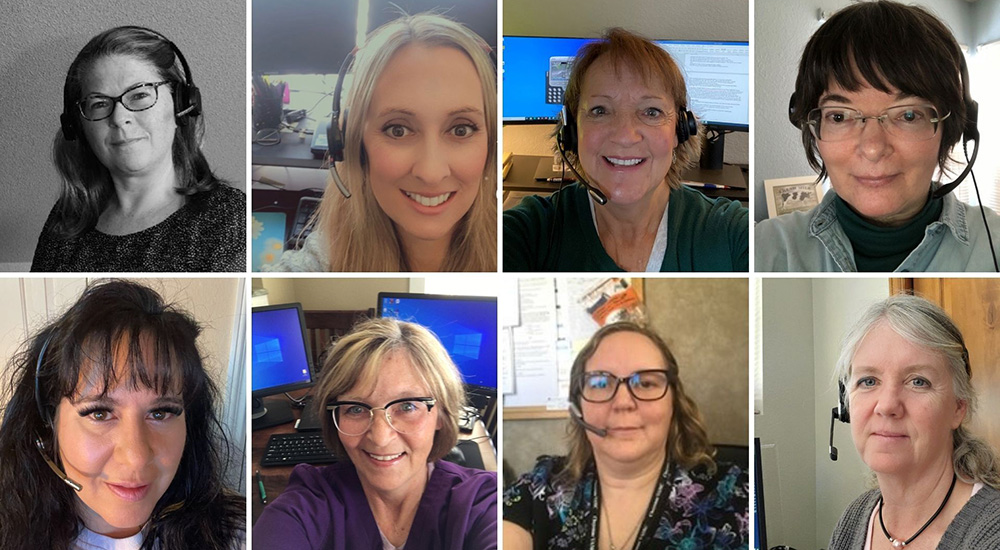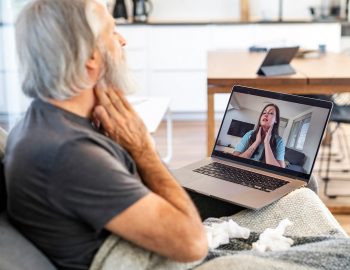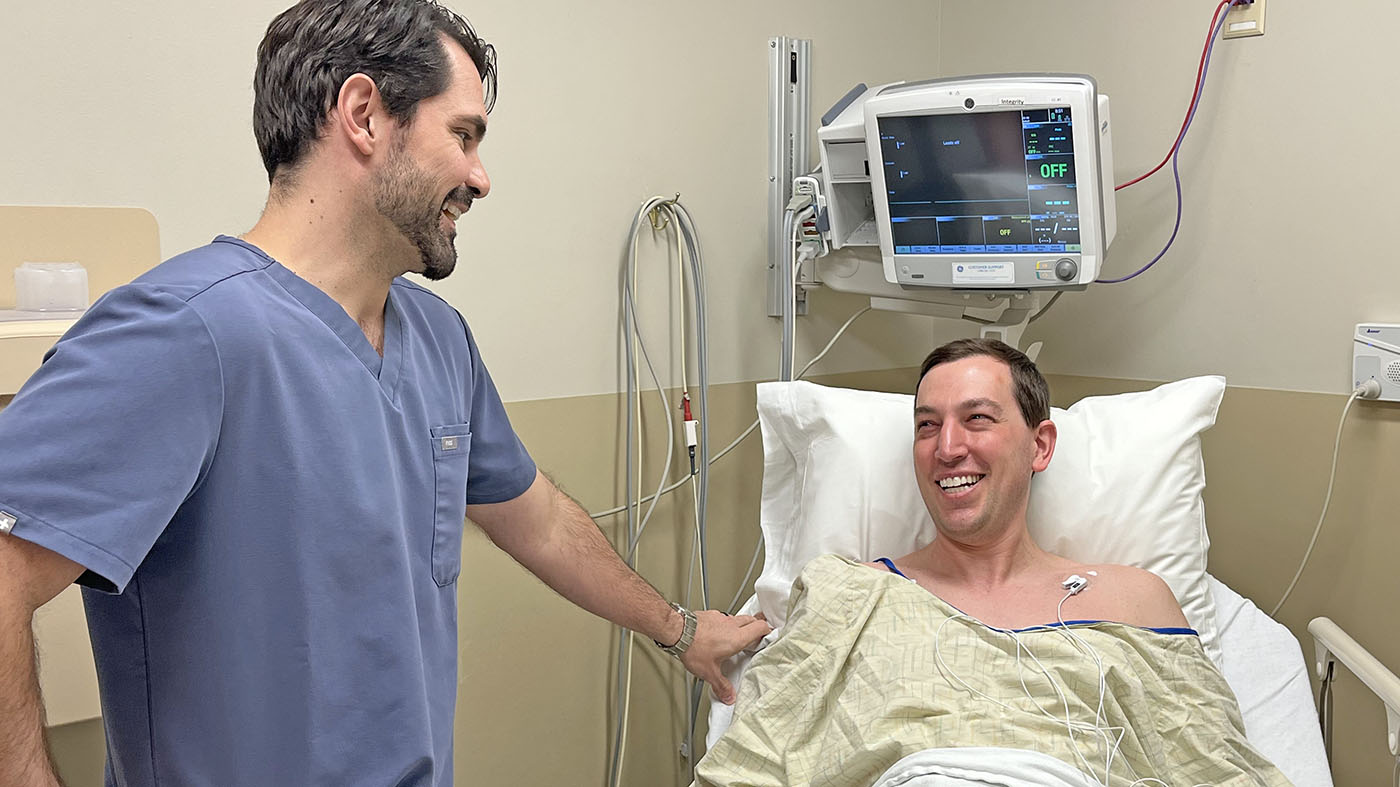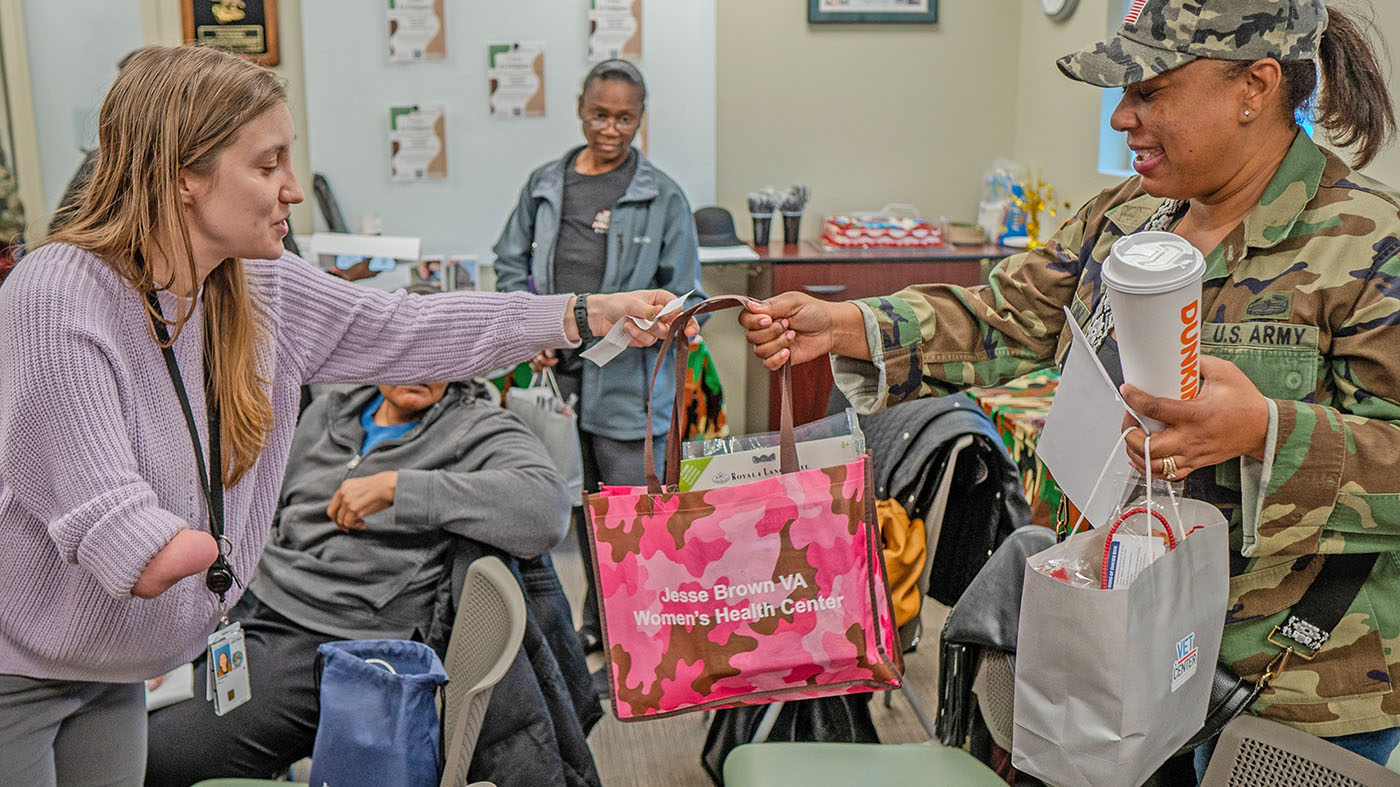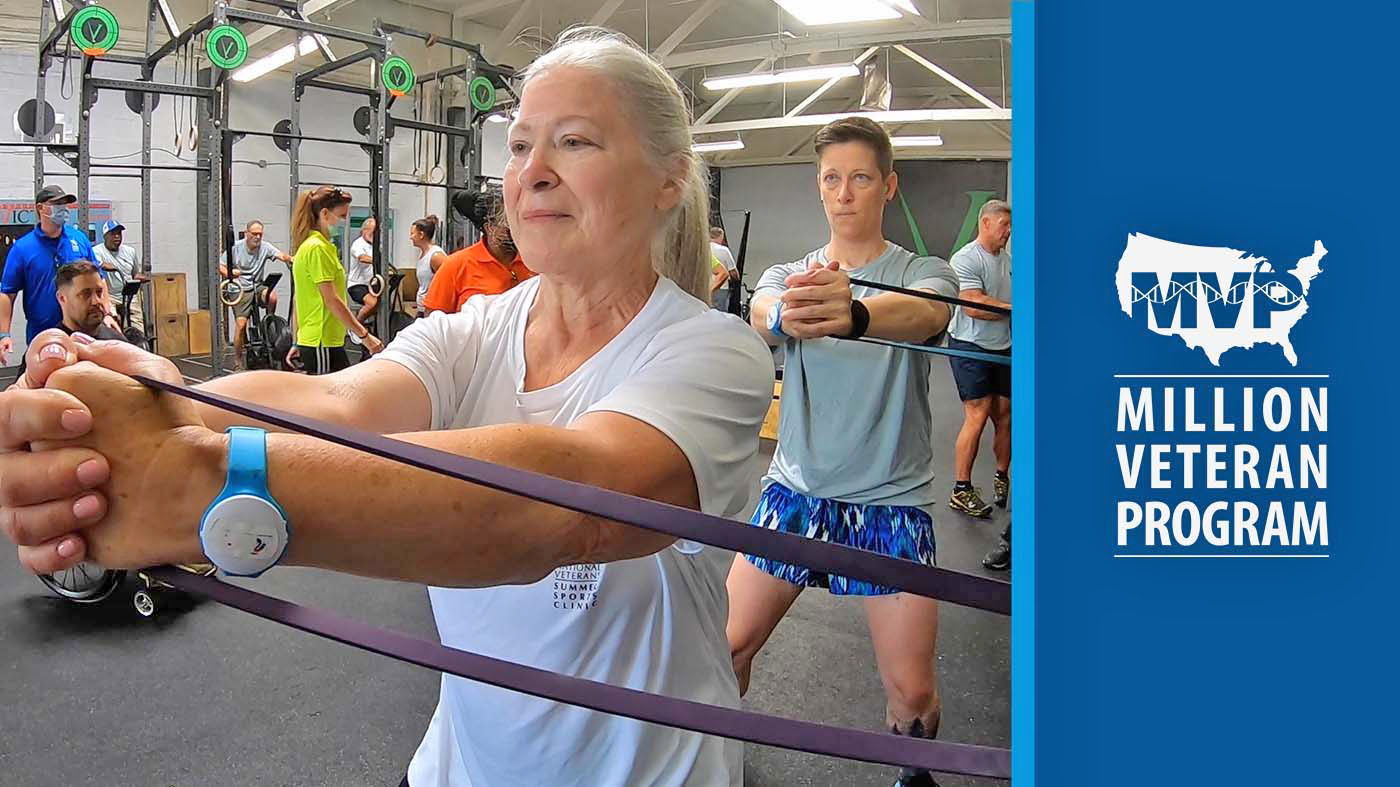When the COVID-19 pandemic hit in March 2020, providers across the country began working overtime to test, treat and monitor patients for the disease. At VA medical centers, Remote Patient Monitoring–Home Telehealth (RPM–HT) care coordinators took on a large share of these responsibilities. These care coordinators are mostly registered nurses (RNs), but also include licensed clinical social workers and registered dieticians.
The Cheyenne RPM–HT care coordinators are RNs who primarily work from home, monitoring Veterans with chronic clinical issues such as diabetes, high blood pressure and kidney disease. By monitoring the Veterans through phone and video visits, they help the Veterans make lifestyle changes to create stability and avoid hospital visits.
In rural Cheyenne, home telehealth care is essential. In addition to Wyoming, the Cheyenne VA serves Veterans in Colorado and Nebraska. Many Veterans travel up to two hours, and through rough weather most of the year to VA to receive care.
Sometimes even the RPM–HT staff can’t travel to their facility. Izabella Jackson, the VAMC’s facility telehealth coordinator, was recently stuck at home with three feet of snow.
The RPM–HT care coordinators at Cheyenne VA contacted each Veteran who took a COVID-19 test at the medical facility, regardless of the result. They also contacted Veterans who reported testing positive for COVID-19 via the nurse line or their Patient Aligned Care Team.
They are (pictured above from top left) — RNs Kimberly Bennett-Sutton, Sarah Renneisen-Schmidt, Margaret Melaragno, Laura Twitchell, Kristin Dafoe, Danna Loyd, Valorie Brown and Donna Schaffer.
Called every Veteran every day
If a Veteran tested positive, the nurses provided quarantine guidance and called the Veteran every day during their quarantine in addition to the daily monitoring of vital signs and symptoms via their assigned RPM–HT technology.
As COVID-19 cases surged in October 2020, the number of daily calls increased from around 50 to 270. As a result, care coordinators worked long hours and picked up weekend shifts. They organized data to keep clear records of Veterans they had tested and contacted. If a Veteran was experiencing shortness of breath, a nurse sent a pulse oximeter to measure how much oxygen was in their blood. In addition, if a Veteran needed to monitor their temperature, a nurse sent them a digital thermometer. They performed all this work on top of their general home telehealth monitoring duties.
“I love telehealth,” said Izabella Jackson, the VAMC’s facility telehealth coordinator. “Telehealth is the way health care will continue to go. COVID-19 brought it to light that we can do a lot of care virtually. We can reduce travel and ensure Veteran safety with telehealth.”
Soon to expand to IVUs and emergency rooms
The telehealth team at Cheyenne VA is working to expand access to telehealth care in their region. They will soon expand the use of telehealth in emergency rooms and intensive care units. And as part of the TeleEye screening expansion program, they plan to travel to Veterans in rural areas to provide screening services for eye diseases and corrective lenses.
The RPM–HT team at Cheyenne VA has received national recognition for going above and beyond.
Jackson received word that the team had been nominated for a DAISY Team Award, a prestigious award for nursing excellence.
“It was a big undertaking, and they excelled at it. They did a lot to keep Veterans safe during our surge of COVID-19. I’m very humbled by the work they do.”
Family created award to recognize nurses
The DAISY Awards were established by the DAISY Foundation in memory of a man who died at 33 of an autoimmune disease. His family created the award in 1999 to thank the nurses who cared for him, honor his memory, and recognize nurses and nurse teams around the world.
The RPM–HT team at Cheyenne VAMC will find out if they won the award later this spring. Just being nominated is an achievement, said Bridgett Baer. Baer is the telehealth VISN program manager for VA network 19.
“The more we can do remotely, the better for the Veteran. We use home telehealth to help Veterans work toward healthier habits. They’re not going to be at the doctors as often. That means they’re not taking those hours off from work or family and driving for hours.
“For a remote, rural medical center team that is not seeing Veterans face-to-face to receive this recognition is even more significant and meaningful. It says a lot about our care coordinators in Cheyenne.”
From 41,000 a month to nearly 45,000 a day
Telehealth is on the rise. Between March 2020 and March 2021, VA providers conducted more than 7.9 million virtual visits with more than 1.7 million Veterans. Before COVID-19, VA providers were conducting around 41,000 virtual visits a month.
Now VA providers may conduct more than 45,000 virtual visits in a single day. Each of these visits reduces potential COVID-19 exposure for both Veterans and VA staff.
Telehealth visits have other benefits too. To learn more about VA telehealth and what VA is doing to make sure Veterans have timely access to care, visit VA’s COVID-19 FAQ page.
Gwendolyn McMillian is a communications specialist for the Office of Connected Care.
Topics in this story
More Stories
Navy Veteran and president of the American Medical Association got a colonoscopy and encourages other Veterans to do the same.
Chicago Vet Center and VA gave women Veterans information on VA services available to them.
MVP’s research informs personalized care for Veterans, supporting whole health and beyond.

